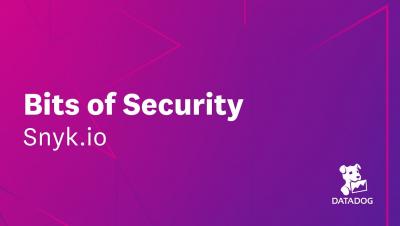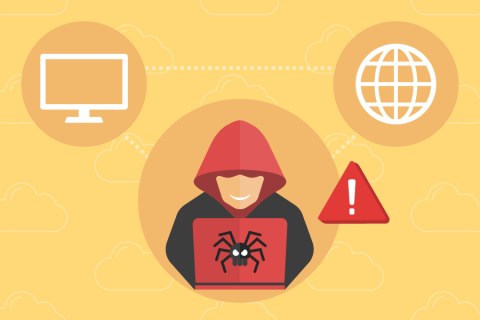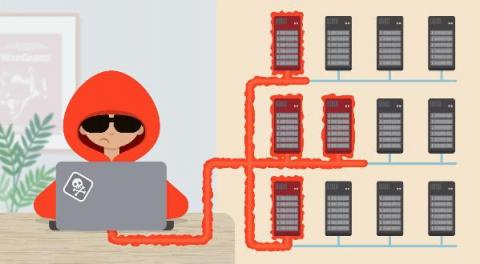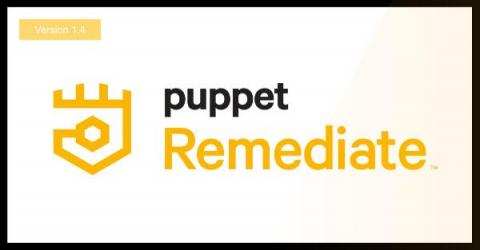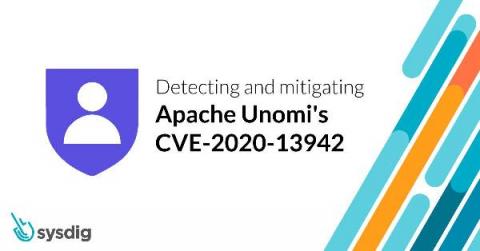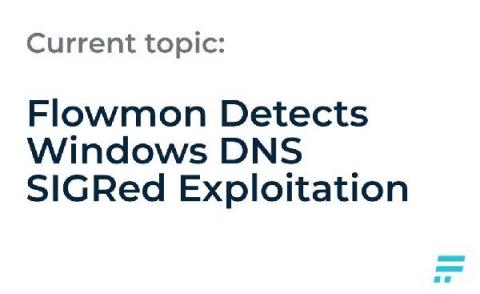Operations | Monitoring | ITSM | DevOps | Cloud
Vulnerability
AppDynamics with Cisco Secure Application Demo
How Calico Cloud's runtime defense mitigates Kubernetes MITM vulnerability CVE-2020-8554
Since the release of CVE-2020-8554 on GitHub this past December, the vulnerability has received widespread attention from industry media and the cloud security community. This man-in-the-middle (MITM) vulnerability affects Kubernetes pods and underlying hosts, and all Kubernetes versions—including future releases—are vulnerable. Despite this, there is currently no patch for the issue.
Splunk SOAR Playbooks: Conducting an Azure New User Census
In January and February of 2021, the threat actor called Hafnium used a number of post-exploitation tools after gaining access to Exchange servers through a zero-day exploit. One of their persistence methods was creating new user accounts in the domain, giving them the ability to log back into the network using normal authentication rather than use a web shell or continue to re-exploit the vulnerability (which has since been patched).
Cloud lateral movement: Breaking in through a vulnerable container
Lateral movement is a growing concern with cloud security. That is, once a piece of your cloud infrastructure is compromised, how far can an attacker reach? What often happens in famous attacks to Cloud environments is a vulnerable application that is publicly available can serve as an entry point. From there, attackers can try to move inside the cloud environment, trying to exfiltrate sensitive data or use the account for their own purpose, like crypto mining.
Remediating Vulnerabilities with Puppet
Patching vulnerabilities can be daunting, especially if the information is confusing, and the process to deploy patches is long. There are going to be times where a zero day presents itself, and the vulnerability requires immediate action. Whether it’s a simple fix or not, the seriousness of some vulnerabilities can put organizations at risk. Deploying patches, especially for critical infrastructure, takes planning.
Detecting and mitigating Apache Unomi's CVE-2020-13942 - Remote Code Execution (RCE)
CVE-2020-13942 is a critical vulnerability that affects the Apache open source application Unomi, and allows a remote attacker to execute arbitrary code. In the versions prior to 1.5.1, Apache Unomi allowed remote attackers to send malicious requests with MVEL and OGNL expressions that could contain arbitrary code, resulting in Remote Code Execution (RCE) with the privileges of the Unomi application.
Hafnium Hacks Microsoft Exchange: Who's at Risk?
Microsoft recently announced a campaign by a sophisticated nation-state threat actor, operating from China, to exploit a collection of 0-day vulnerabilities in Microsoft Exchange and exfiltrate customer data. They’re calling the previously unknown hacking gang Hafnium. Microsoft has apparently been aware of Hafnium for a while — they do describe the group’s historical targets.
Flowmon Detects Windows DNS SIGRed Exploitation
The vulnerability called SIGRed (CVE-2020-1350) has been around for 17 years, during which time it was present in Windows Server operating systems from version 2003 through 2019 and received a maximum severity rating of 10. It was finally patched in July 2020. As the vulnerability allows an attacker to perform remote code execution on Windows Server via DNS, it poses an extremely serious danger and can propagate over the network without user interaction.
5 reasons integrated patch and vulnerability management mitigates risks swiftly and efficiently
ESG research on cyber risk management, which involved 340 cybersecurity professionals, revealed that 40 percent felt tracking patch and vulnerability management over time was their biggest challenge.


